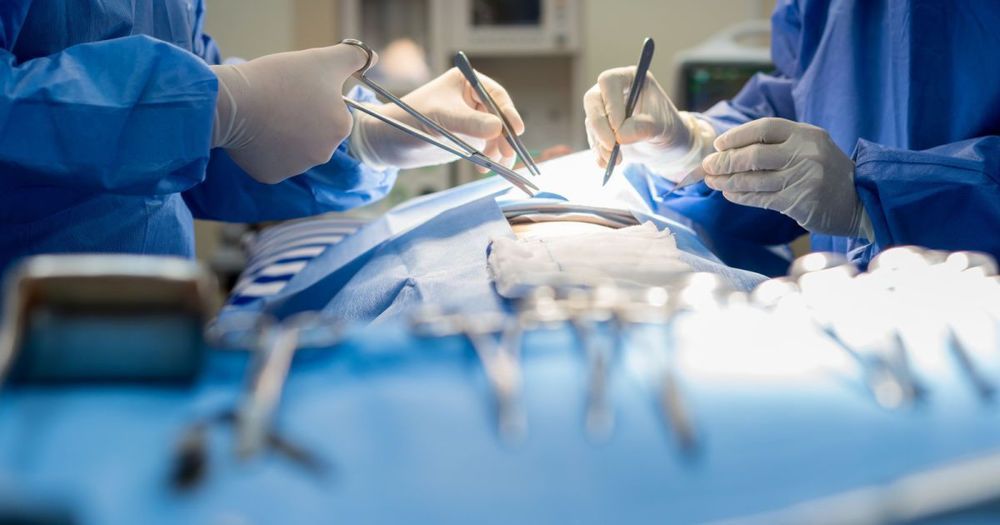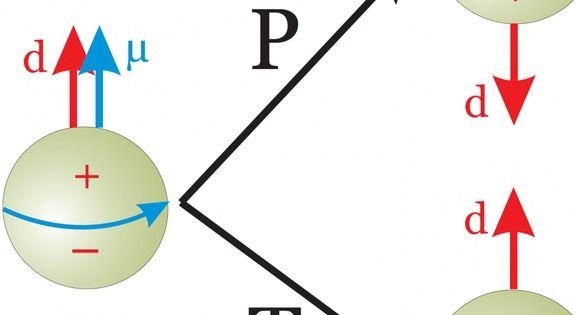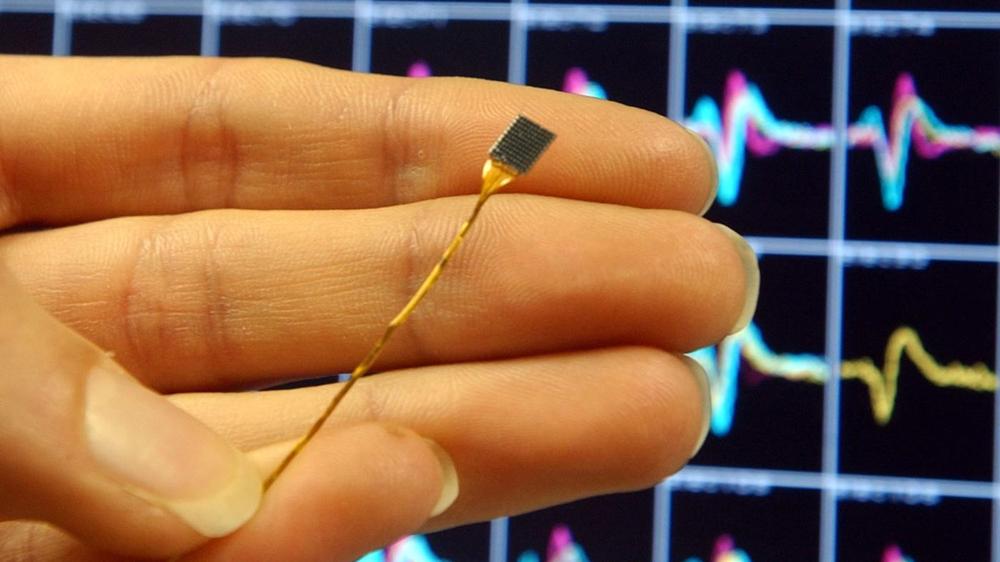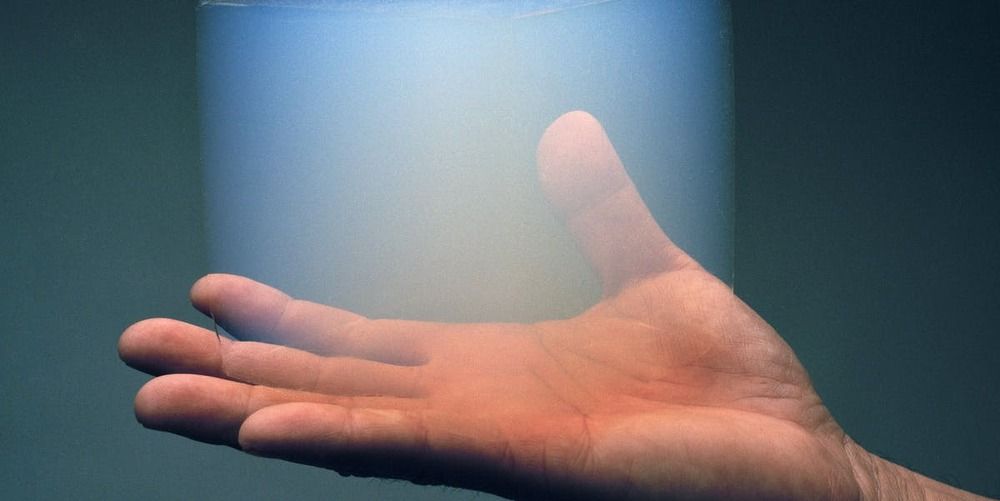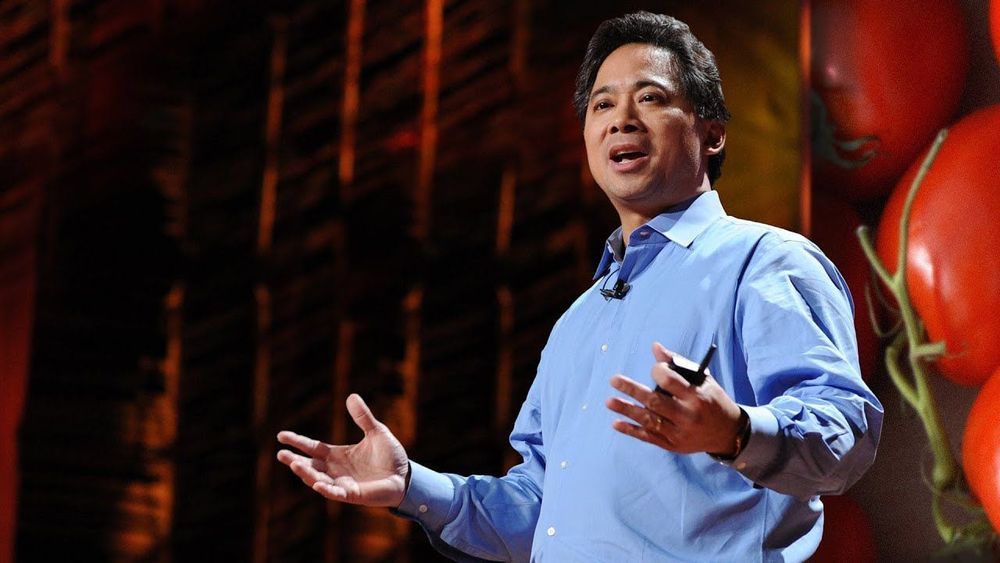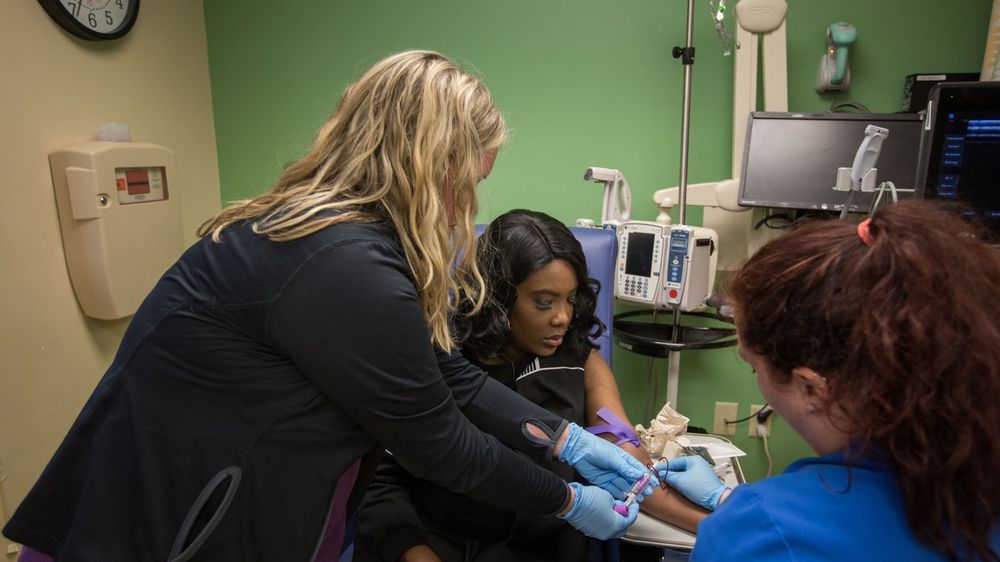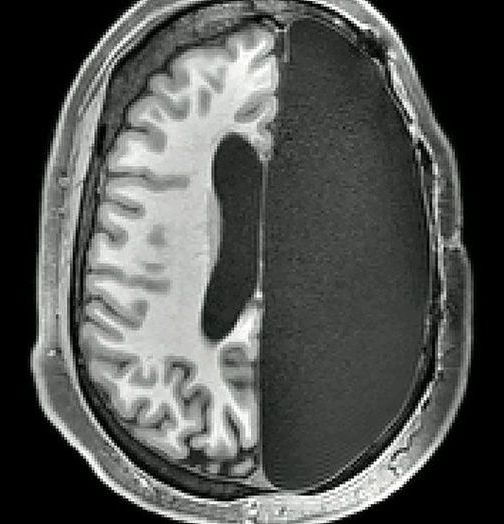Blood is replaced with ice-cold saline.
At almost every frontier in theoretical physics, scientists are struggling to explain what we observe. We don’t know what composes dark matter; we don’t know what’s responsible for dark energy; we don’t know how matter won out over antimatter in the early stages of the Universe. But the strong CP problem is different: it’s a puzzle not because of something we observe, but because of the observed absence of something that’s so thoroughly expected.
Why, in the strong interactions, do particles that decay match exactly the decays of antiparticles in a mirror-image configuration? Why does the neutron not have an electric dipole moment? Many alternative solutions to a new symmetry, such as one of the quarks being massless, are now ruled out. Does nature just exist this way, in defiance of our expectations?
Through the right developments in theoretical and experimental physics, and with a little help from nature, we just might find out.
Lawyers and doctors are typically paid more than manual laborers because of the relative shorter supply of lawyers and doctors, which is in part due to the number of years of training required to enter those professions and the corresponding value society attributes to those skills. But what will happen to their wages once the market is faced with an abundance of skilled labor? If anyone is able to upload legal or medical know-how to their brain and know just as much as the professionals in those fields, why pay a professional a higher wage?
Of course, certain skills, such as strategic judgment and contextual understanding, may be difficult, if not impossible, to digitize. But even the games of chess and Go, both complex games that require strategic decision-making and foresight, have now been conquered by AIs that taught themselves how to play—and beat—some of the best human players.
The technology’s potential for emancipation and human advancement is immense. But we—entrepreneurs, researchers, professionals, policymakers, and industry—must not lose sight of the social risks.
Regrowing bones is no easy task, but the world’s lightest solid might make it easier to achieve. Researchers have figured out a way to use hybrid aerogels, strong but ultralight materials, to prompt new bone tissue to grow and replace lost or damaged tissue.
Although bone cancer is a relatively rare disease (it accounts for less than 1% of all cancers), people who suffer from it often end up losing a lot of bone tissue and, in extreme cases, undergo amputation. The cancerous tissue has to be cut out, taking with it a large chunk of nearby healthy tissue to make sure that the cancer does not spread. This effectively removes the cancer, but also leaves the patient with a lot less bone than they started out with.
A recent study has used hybrid aerogels to restore the lost tissue by prompting bone regeneration. Aerogels are basically a combination of solid and gas. Think Jell-O, but one where the water has been slowly dried out and replaced completely by air. This slow and careful removing of liquid is what allows the gel to retain its shape instead of shriveling into a hard lump. The pairing of solid and gas makes aerogels extremely light and very porous. These two qualities make them exceptionally suitable to use as scaffolds, which can be used as physical roadmaps for the developing bone to follow as it grows.
View full lesson: http://ed.ted.com/lessons/can-we-eat-to-starve-cancer-william-li
William Li presents a new way to think about treating cancer and other diseases: anti-angiogenesis, preventing the growth of blood vessels that feed a tumor. The crucial first (and best) step: Eating cancer-fighting foods that cut off the supply lines and beat cancer at its own game.
Talk by WIlliam Li.
The UK Office for National Statistics says men aged 70 feel as healthy as 65-year-old men did in 1997. Women aged 70 feel as healthy as 65-year-olds did in 1981.
CRISPR For Sickle Cell Disease Shows Promise In Early Test : Shots — Health News Researchers edited the DNA in bone marrow cells taken from a Mississippi woman with sickle cell disease to produce a treatment that could alleviate the excruciating effects of her inherited illness.
New scans showed how the brains of people who had a hemisphere removed in childhood continue to function.
Click on photo to start video
Posted in futurism
